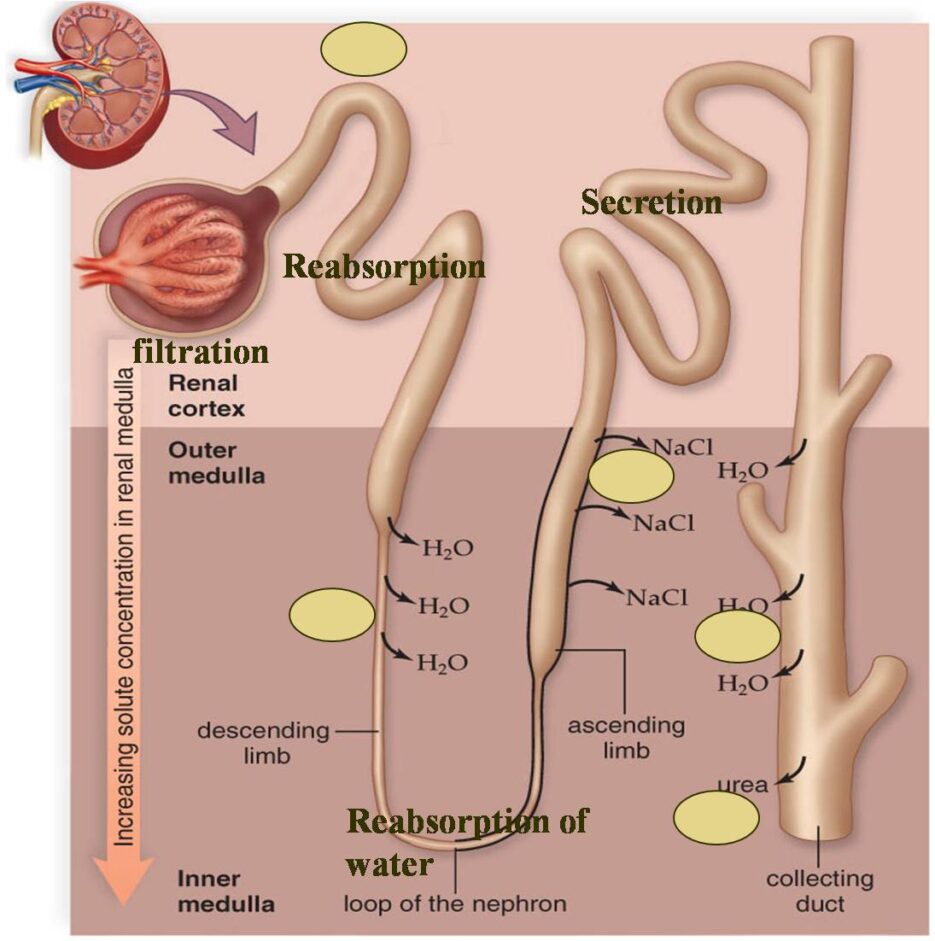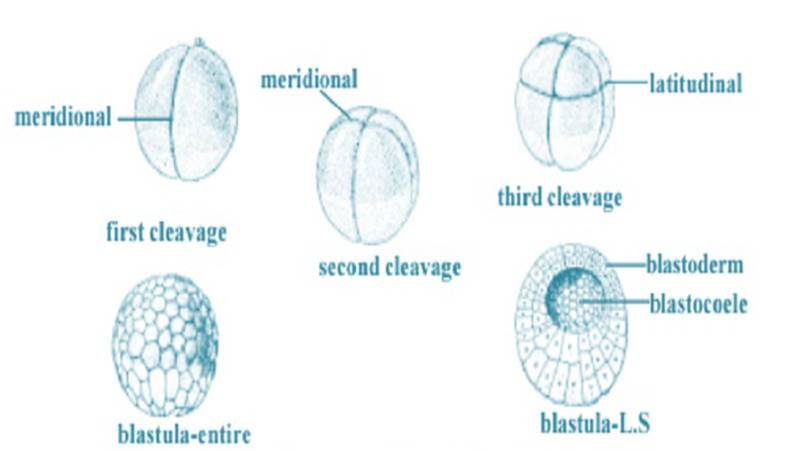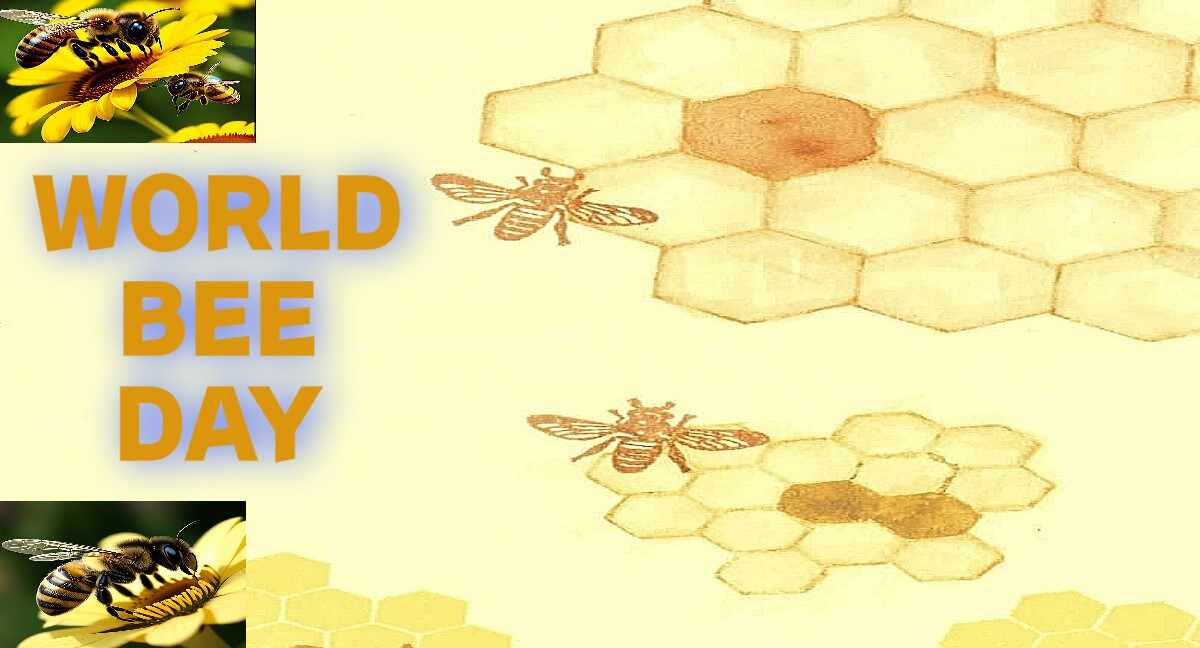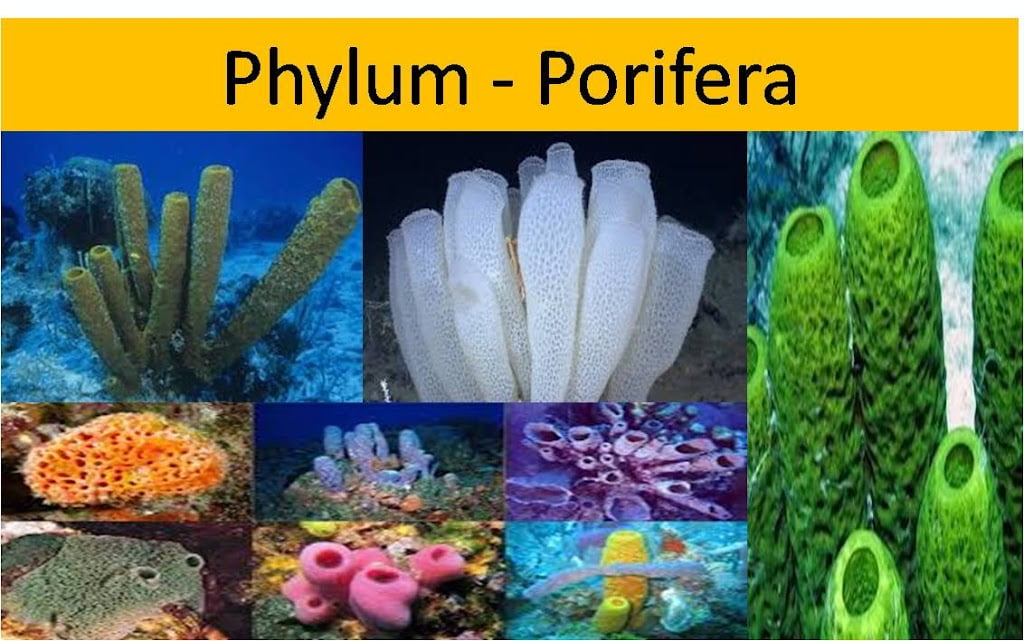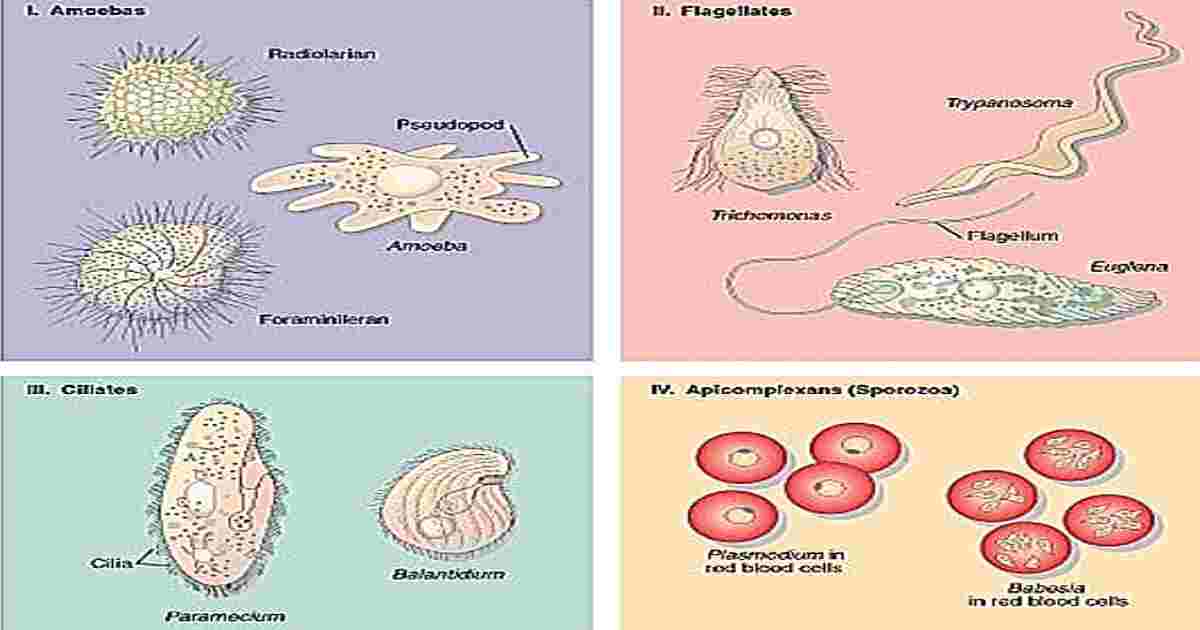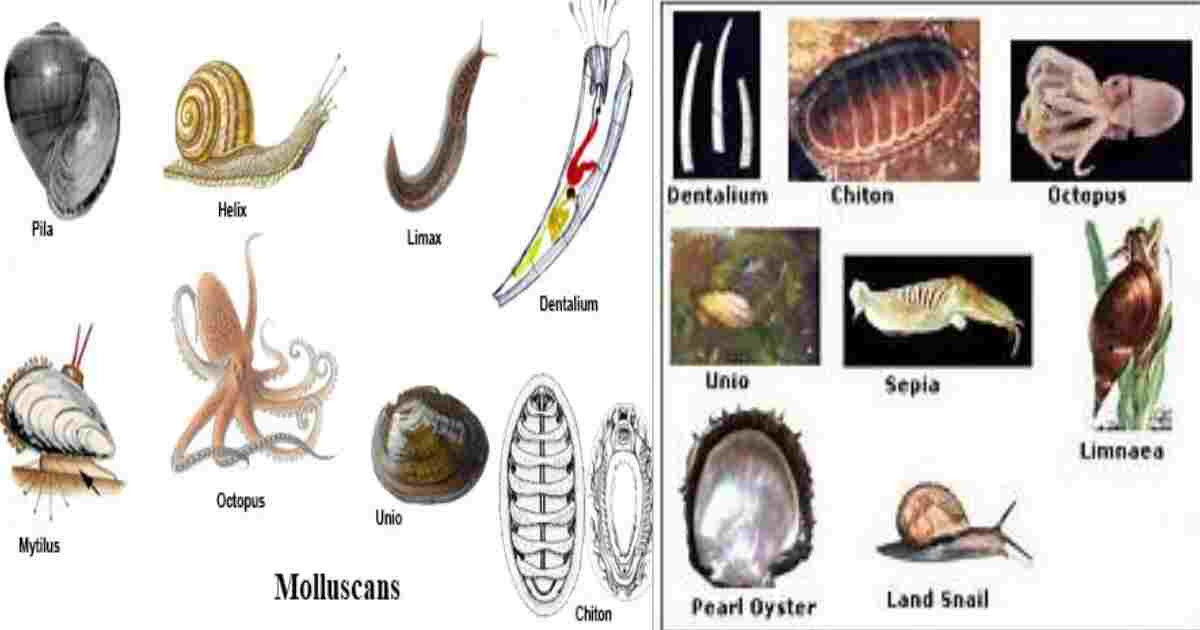Phylum Porifera: Phylum Porifera, commonly known as sponges, are simple multicellular organisms that are the lowest multicellular animals belonging to the kingdom Animalia. The word “Porifera” comes from Latin, meaning “pore bearer”, referring to the many pores and channels that are characteristic of their bodies. Here we will delve into the general character and classification of Porifera.
There are over 5,000 known species of sponges, and they are found in all aquatic habitats around the world, from shallow tidal zones to the deepest parts of the ocean. Sponges are sessile, meaning they are attached to a solid surface and do not move around.
Phylum Porifera characteristic
General Characters:
Porifera, or sponges, are multicellular organisms that lack true tissues and organs. They exhibit a diverse range of forms, from encrusting sheets to branching structures and vase-like shapes. Sponges play an important role in the marine ecosystem. They filter large quantities of water, which helps to remove impurities and plankton. They also provide habitat for other marine organisms. ‘Phylum Porifera’
- All sponges are aquatic, mostly marine but a few are fresh-water.
- They are multicellular organisms with cellular grade of body organisation without forming tissues or organs.
- They are sessile, solitary or colonial.
- They have asymmetrical or radially symmetrical bodies.
- The body is cylindrical, tubular or vase-like.
- The body wall is diploblastic with outer dermal epithelium and inner gastral epithelium with a gelatinous non-cellular mesenchyme in between.
- The body surface bears numerous minute pores i.e., ostia for the ingress of water.
- They possess peculiar canal system through which water current flows drawing food and oxygen inside the body and carrying away excretory and reproductive products.
- Internal skeleton is present in the mesenchyme in the form of calcareous or siliceous spicules or of proteinous spongin fibres.
- Digestion is entirely intracellular.
- Nervous and sensory cells are lacking.
- All sponges possess great power of regeneration.
- They are mostly bisexual but asexual forms also exist.
- Reproduction takes place both by asexual and sexual methods.
- Asexual reproduction takes place by budding, fission or gemmule formation and sexual reproduction by sperms and ova. ‘Phylum Porifera’
- Fertilization is internal and at the same time it is cross fertilization.
- Cleavage is holoblastic and development is indirect followed by a free swimming ciliated larva, the amphiblastula or parenchymula.
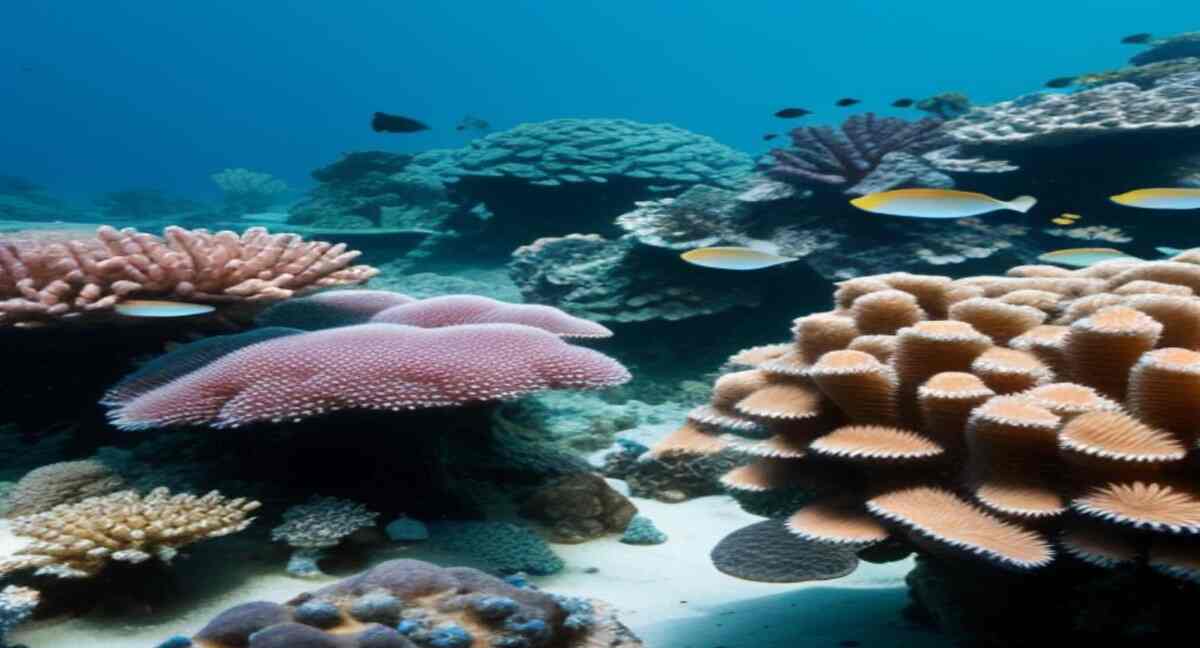
Classification of Phylum Porifera
Phylum Porifera is classified into three main classes: Calcarea, Hexactinellida, and Demospongiae. Each class contains several subclasses and orders, contributing to the overall diversity of the phylum. ‘Phylum Porifera’
Class- Calcarea
The members of this class possess their skeleton composed of separate calcareous spicules made of calcium carbonate (L., Caleis = lime; Gr., sponges = sponge).They are usually small in size and have three subclasses: Calcinea, Calcaronea, and Calcaronea.
1. Members of this class are smaller in size, extending up to 15 cm in length; may be solitary or colonial. All are marine. ‘Phylum Porifera characteristic and classification’
2. Shape of body usually cylindrical or vase-like.
3. Osculum is narrow, terminal and fringed with spicules.
4. The colour of the body is white or dull-brown.
5. Skeleton consists of spicules which may be monaxon, triradiate or tetraradiate.
6. Collar cells or choanocytes are comparatively large.
7. The canal system is ascon, sycon or leucon type.
Order (i) Homocoela
1. Body is small, cylindrical and thin walled without any foldings.
2. Canal system ascon type.
3. Spangocoel is lined throughout by choanocytes. Examples: Leucosolenia, Clathrina.
Order – (ii) Heterocoela
1. Body is comparatively bigger, vase-like, thick walled with internal foldings.
2. Canal system sycon or leucon type.
3. Choanocytes are restricted to the flegellated chambers.
4. Spongocoel is lined by dermal epithelium.
Examples: Scypha or Sycon, Grantia.
Class 2. Hexactinellida or Triaxonida
The members of this class are called glass-sponges having triaxon or hexactinal spicules made up of silica. ‘Phylum Porifera’
1. Members of this class are of moderate size, extending up to 1 metre in length and are usually solitary.
2. The body shape is usually cylindrical, cup-shaped or funnel- shaped.
3. The osuclum is wide and usually covered over by a siliceous sieve plate.
4. The skeleton consists of triaxon or hexactinal siliceous spicules, often fused resembling spun glass. ‘Phylum Porifera’
5. Dermal epithelium is wanting.
6. The canal system is simple rhagon type.
7. The choanocyte cells are restricted to finger-like flagellated chambers.
8. They are exclusively marine and occur chiefly in tropical deep sea water.
Class Hexactinellida is divided into two orders:
Order (i)- Hexasterophora
1. The beautiful glass like body is cylindrical, very light and attached to the substratum directly. ‘Phylum Porifera’
2. The spicules are hexasters having star-like appearance.
3. The flagellated chambers are radially and regularly arranged.
Example: Euplectella (Venus’s flower basket).
Order (ii) – Amphidiscophora
1. The body is usually rounded or oval and attached to the substratum by root tufts.
2. The spicules are amphidiscs having a convex disc, bearing a crown of backwardly directed marginal teeth at both ends.
3. The flagellated chambers are irregularly arranged. Example: Hyalonema (Glass rope sponge).
Class 3. Demospongiae
This class comprises diverse and complicated sponges with skele- ton of siliceous spicules or spongin fibres or a combination of both or totally absent. (Gr., demos frame; spongos sponge.) ‘Phylum Porifera’
1. Members of this class are highly organised, varying from small to large size and may be solitary or colonial.
2. The body shape is variable being rounded, oval, cup-like, funnel- like.
3. The skeleton is made up of silicious spicules or spongin fibres or both. The spicules are monaxon or tetraxon. ‘Phylum Porifera’
4. Canal system is complicated and leucon type.
5. Choanocytes are restricted to small flegellated chambers.
6. They are mostly marine but few sponges are fresh water.
Class Demospongiae is divided into three sub-classes:
Subclass-I. Tetractinellida
1. Body is rounded or flatenned.
2. Silicious spicules, if present are tetraxon, or absent.
3. Spongin fibres are absent.
Order (i) Myxospongia
1. Spicules are absent
2. Body surface is velvet-like Example: Oscarella.
Order (ii) Carnosa
1. Homogenous leuconoid structure.
2. Spicules are of equal-size.
Examples: Chondrilla, Plakina, Halina.
Order (iii) Choristida
1. Body form is usually elaborate
2. Both small (microscleres) and large (megascleres) spicules are present
Example: Geodia, Ancoria.
Subclass-II. Monaxonida
1. Body form variable, occurring in shallow and deep water.
2. The skeleton consists of monaxon spicules distinguished into megascleres only.
3. Spongin fibres may or may not be present. ‘Phylum Porifera’
Sub-class Monaxonida is divided into four orders:
Order (i) Hadromerina
(i) megascleres are mostly tylostyles i.e., the broad end is knobbed.
(ii) Microscleres are usually absent and if present, are star-like.
iii) Spongin fibres are absent.
Examples: Cliona (Boring sponge), Suberites, Poterion
Order (ii) Halichondrina
(i) Megascleres are always of more than one kind.
(ii) Microscleres are usually absent.
(iii) Spongin fibres are present but they are very scanty. Example: Halichondria.
Order (iii) – Poecilosclerina
1. Megascleres are usually of two or more kinds and united spongin fibres into a regular network. ‘Phylum Porifera’
2. Microscleres may be curved, bow-shaped or C-shaped.
Examples: Myxilla, Microciona.
Order (iv)- Haploscerina
(i) Megascleres are always diactinal and pointed at both ends.
(ii) Microsclers may or may not be present. iii) Spongin fibres are usually present.
( Examples: Chalina, Spongilla (fresh-water).
Sub-Class 3. Keratosa
(i) The body form is usually rounded and massive with a leathery surface and dark colour, occurring generally in warm shallow water.
(ii) The skeleton is exclusively composed of spongin fibres.
(iii) The spicules are totally absent. Examples: Euspongia (Bath sponge), Hippospongia (Horse sponge). ‘Phylum Porifera’
Importance of Porifera
Porifera play significant roles in marine ecosystems. They provide habitats for various organisms, serve as food sources for marine animals, and contribute to nutrient cycling and water filtration. Additionally, some compounds derived from sponges have pharmaceutical potential, offering new avenues for drug discovery.
Conclusion
In conclusion, Porifera, or sponges, represent a diverse and fascinating group of organisms with unique characteristics and ecological importance. From their general character to their classification into different classes and subclasses, sponges continue to intrigue scientists and researchers worldwide. Understanding the general character and classification of Porifera helps us appreciate the intricacies of these remarkable organisms and their contributions to the marine ecosystem.
FAQs
1. What is the general character of Phylum Porifera?
Porifera, or sponges, are multicellular organisms with no true tissues or organs. They exhibit a diverse range of body forms and are filter feeders.
2. How are Porifera classified?
Porifera is classified into three main classes: Calcarea, Hexactinellida, and Demospongiae. Each class consists of several subclasses and orders.
3. What are the subclasses of Calcarea?
The subclasses of Calcarea are Calcinea, Calcaronea, and Calcaronea. These sponges have a calcium carbonate skeleton.
4. What are glass sponges?
Glass sponges belong to the class Hexactinellida. They have intricate bodies with siliceous spicules fused together.
5. Which class of sponges is the largest?
The class Demospongiae is the largest class of sponges, comprising over 80% of all known sponge species.
6. What is the importance of sponges in marine ecosystems?
Sponges provide habitats for various organisms, contribute to nutrient cycling, and offer potential for pharmaceutical discoveries.

